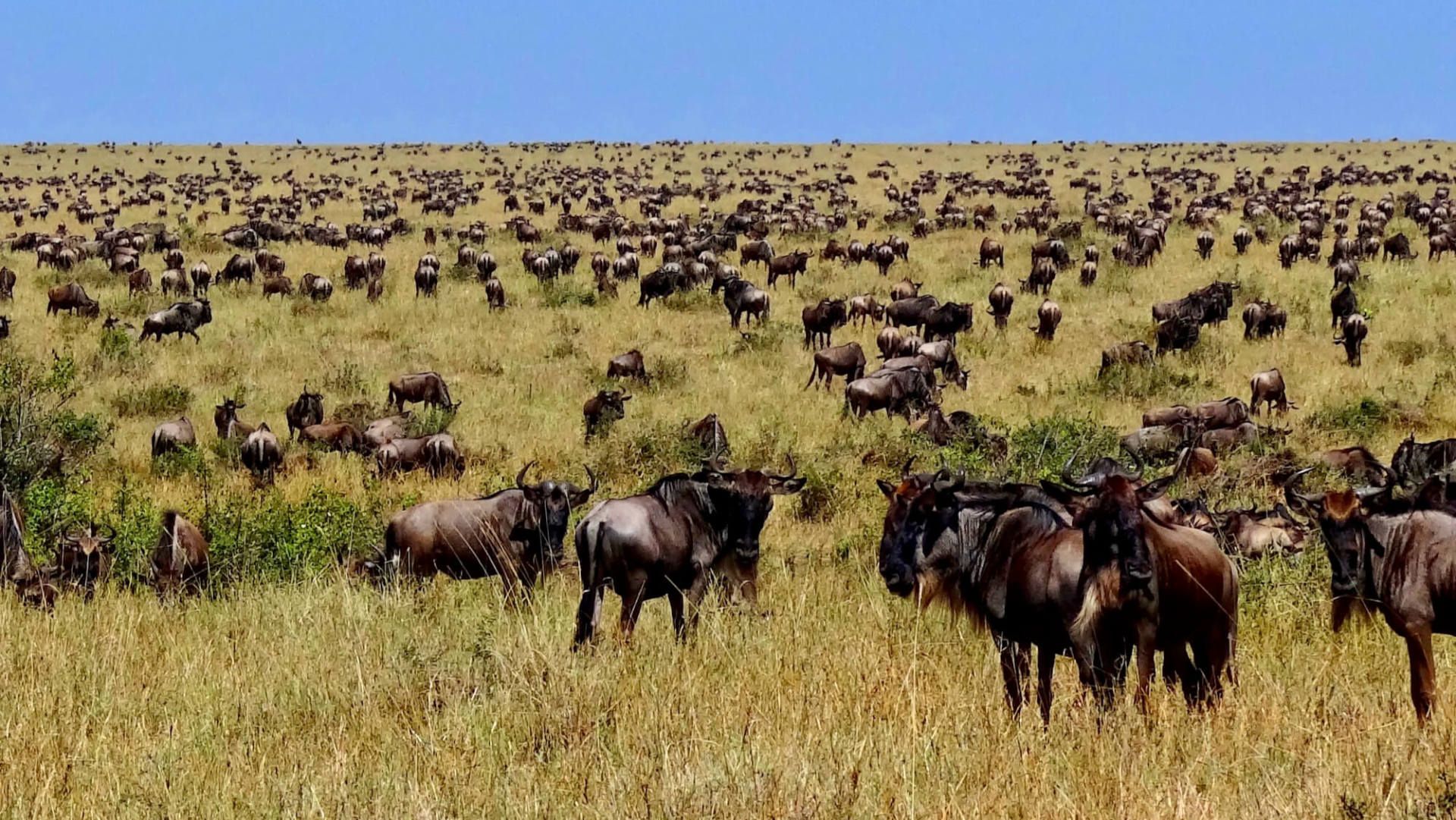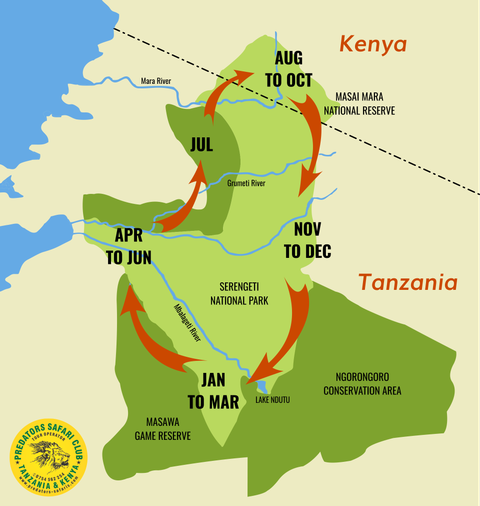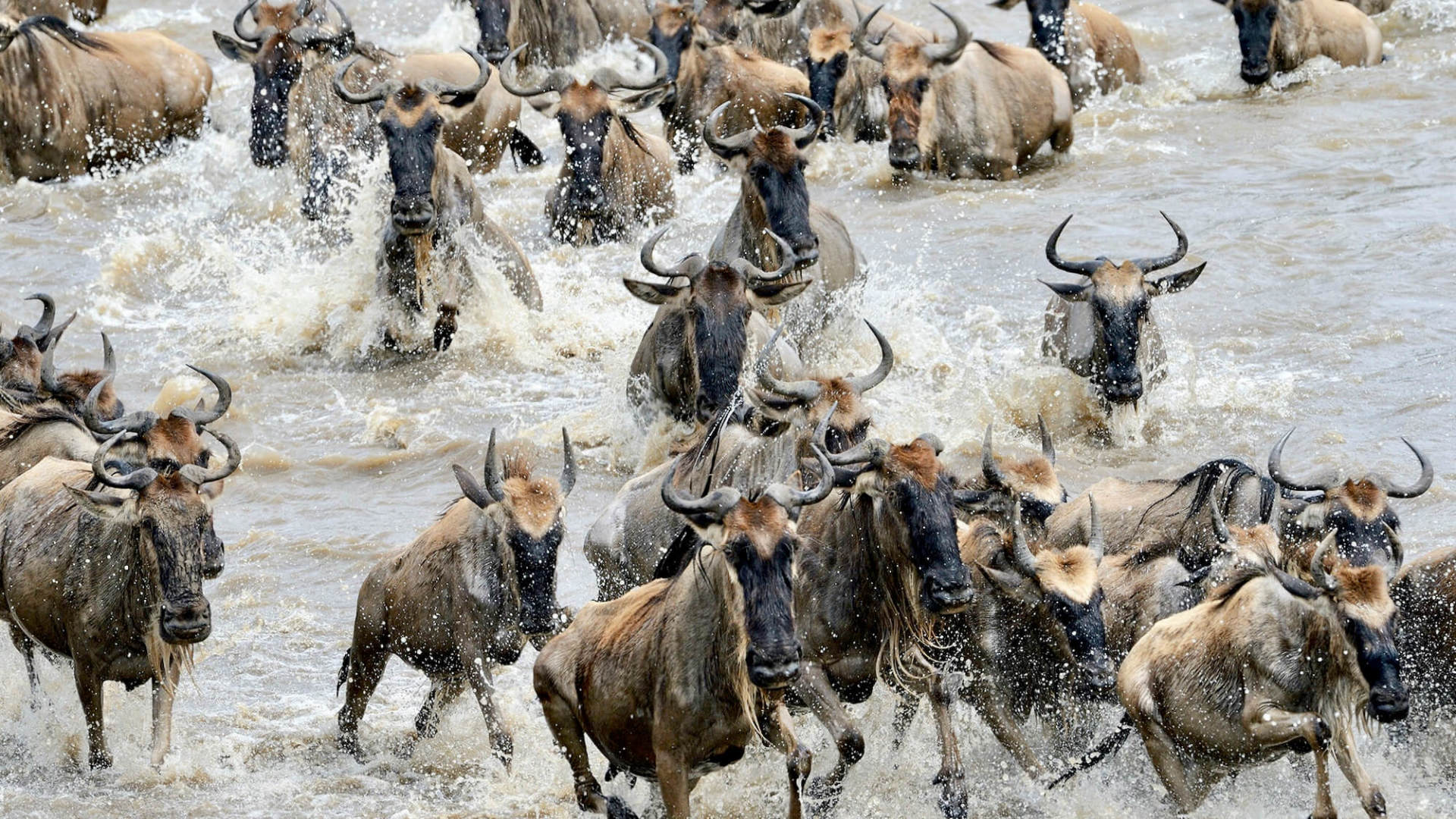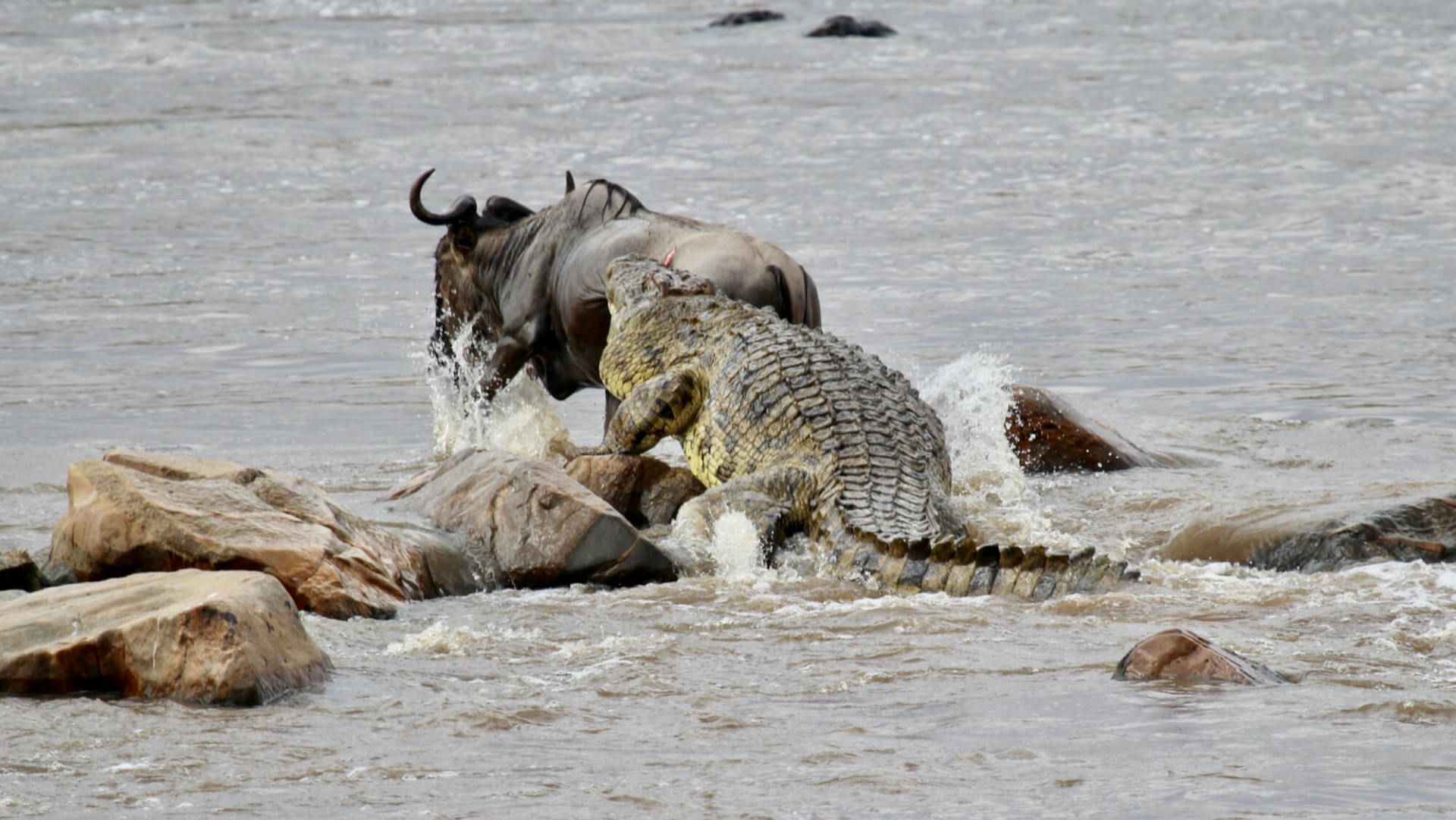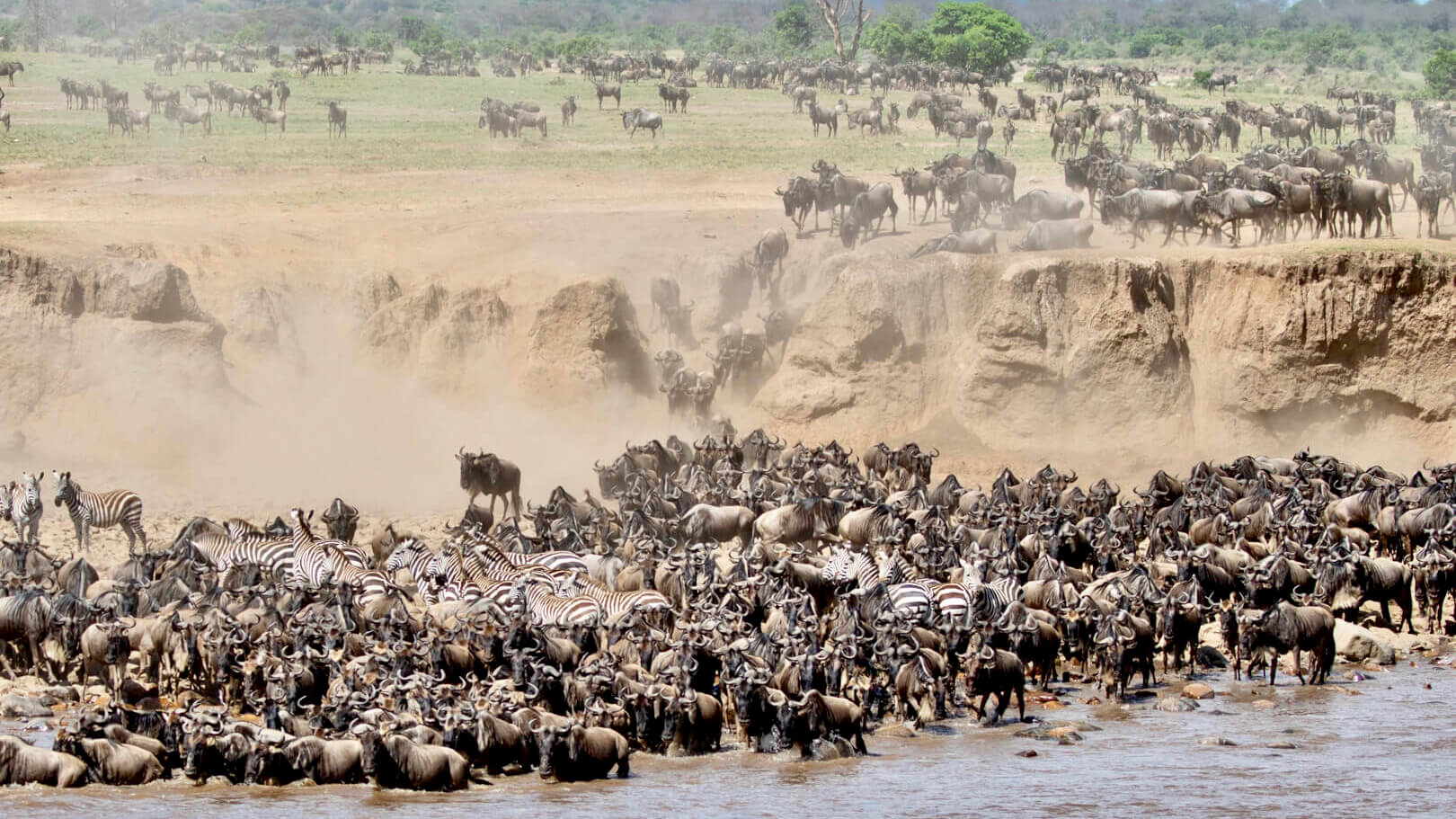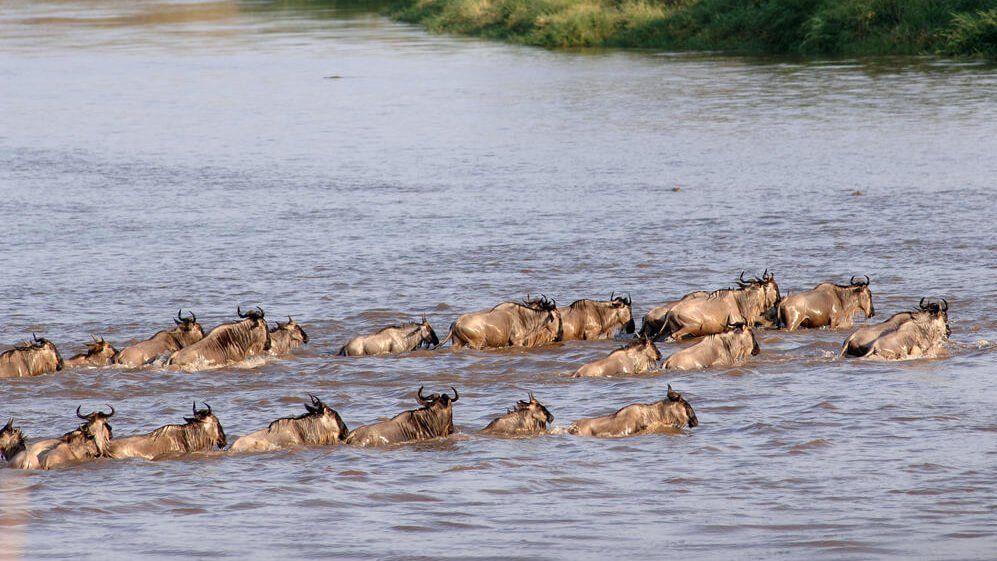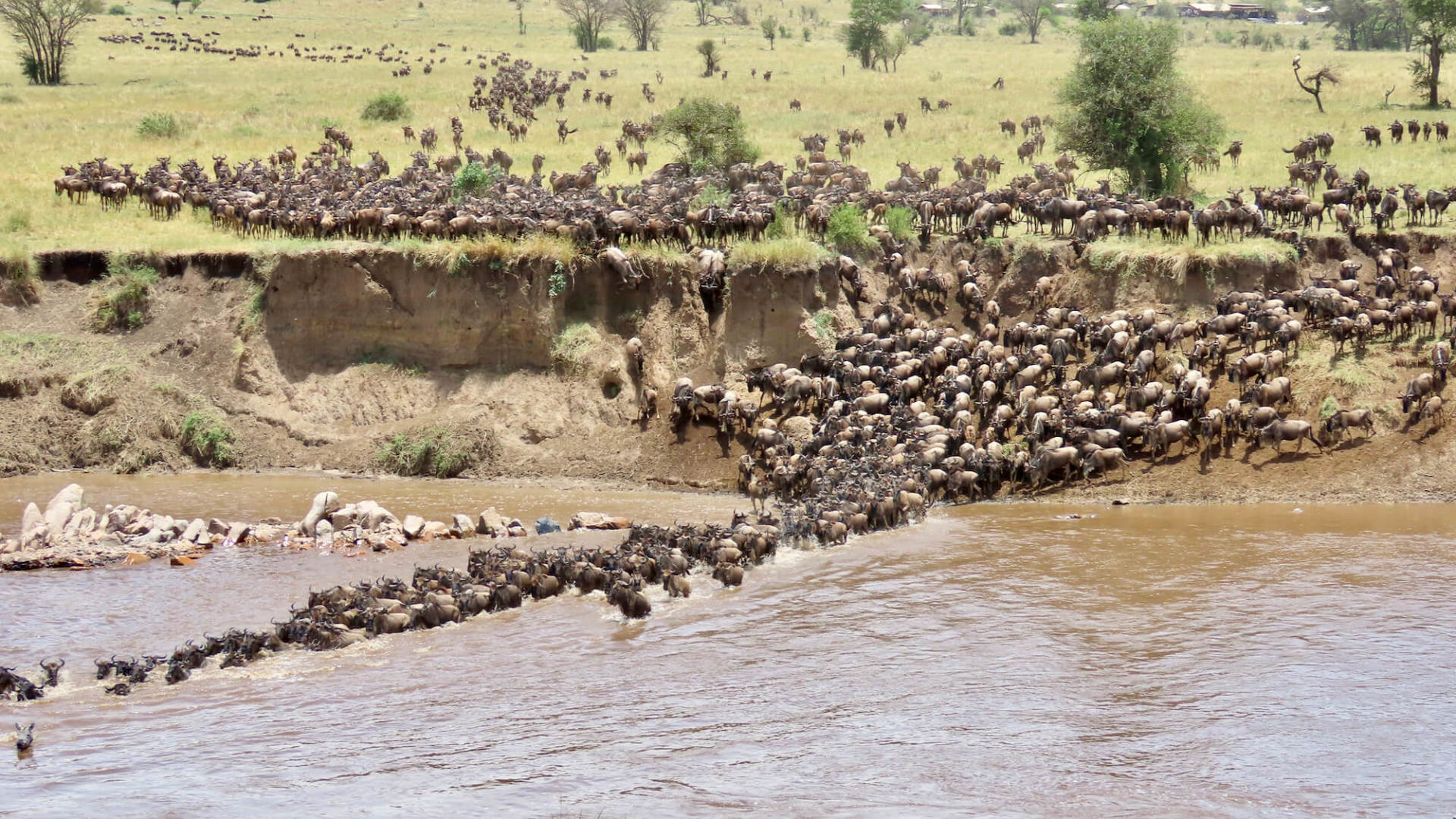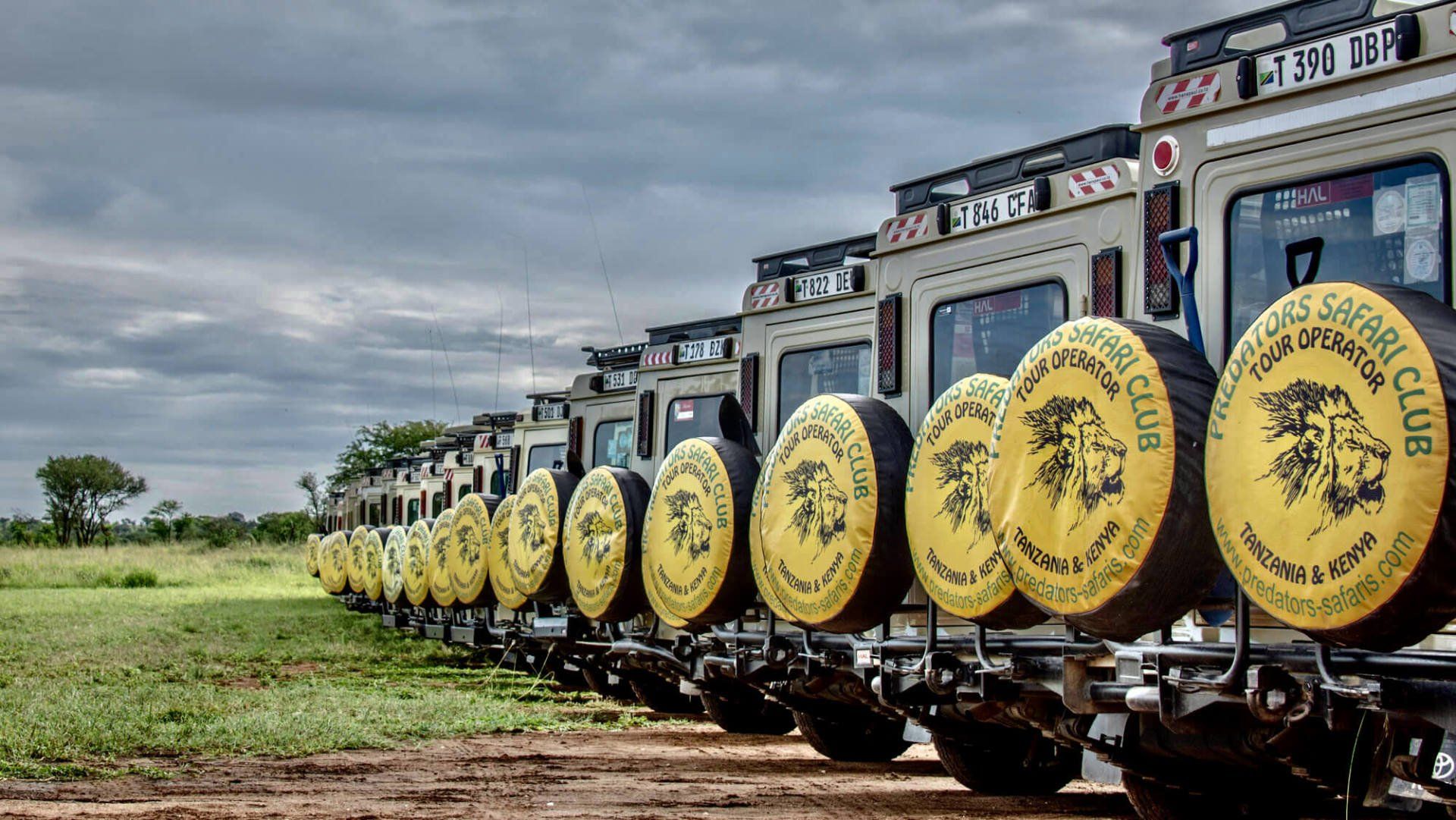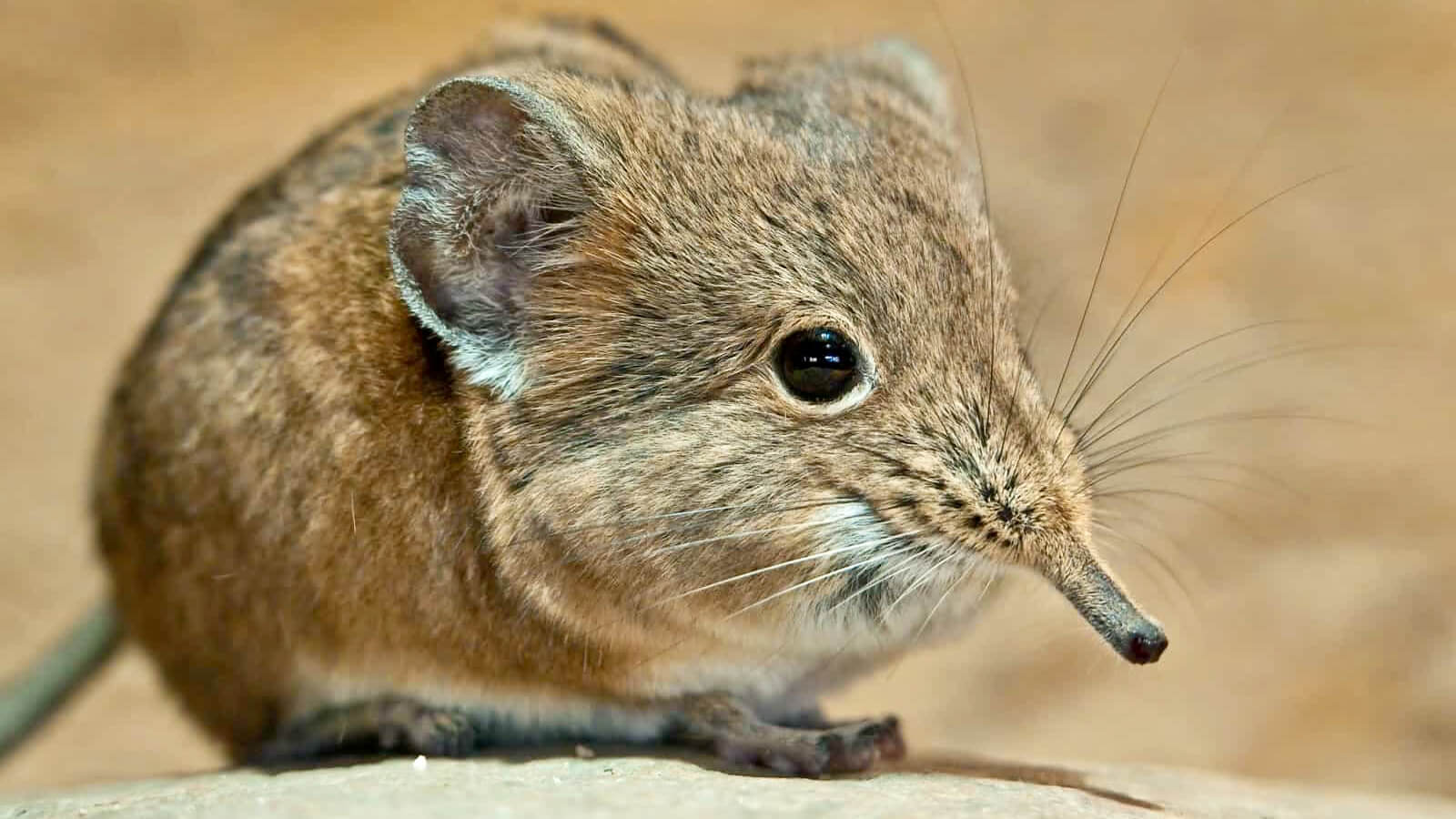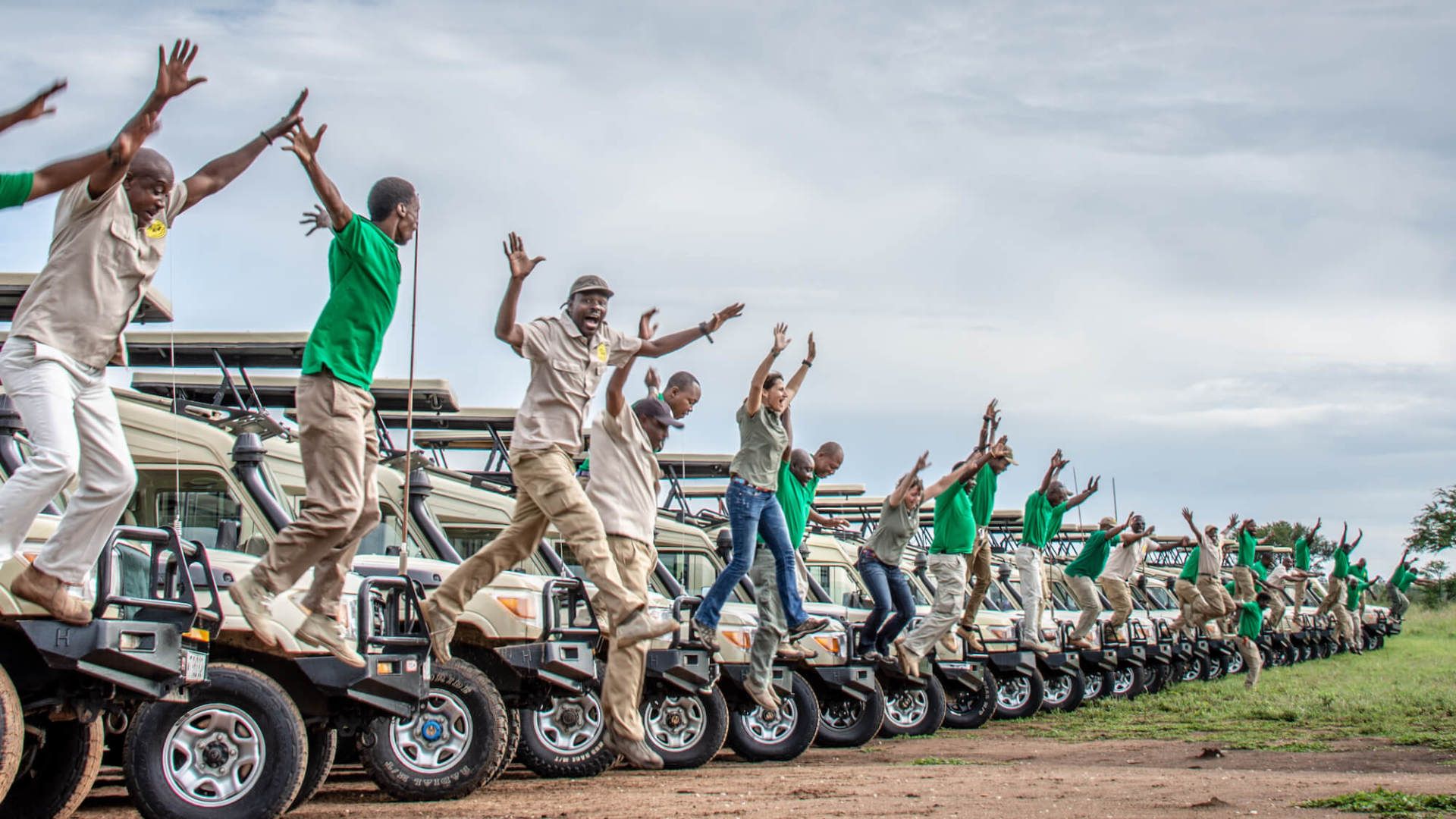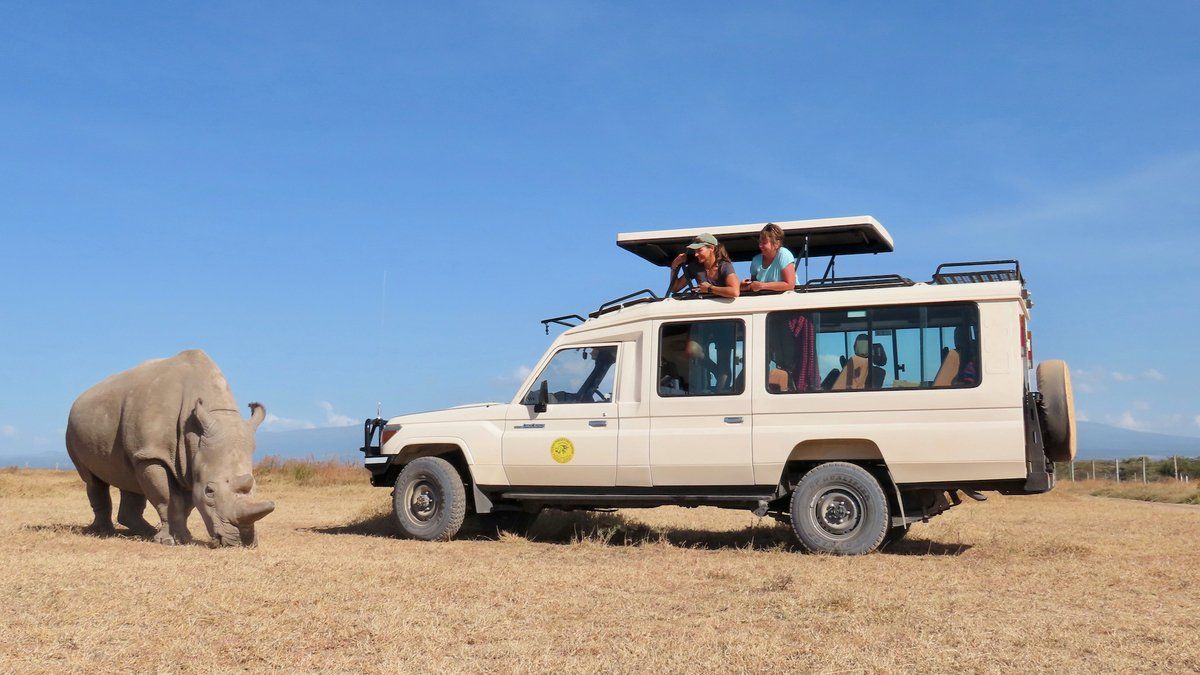Blog Layout
The Great Wildebeest Migration is one of the "Seven Nature Wonders of the World". It is also the largest single movement of wild animals in the world and the main reason why so many safari-lovers visit Tanzania & Kenya to see one of the world’s most thrilling, intriguing and spectacular displays of wildlife behaviour.
WHY THE MIGRATION OCCURS
Animals migrate because of rain or the lack of it. When a seasonal drought dries up grass and water supplies in a particular area, the grazing animals move on to the next area along the migration route where seasonal rains are falling.
THE MAJOR MIGRATING ANIMALS
Currently, an estimate of two million wildebeests participates in the migration. Hundreds of thousands of zebras and Thomson's gazelles join them. Although lions and other carnivores do not migrate with the grazing animals, they feast on them when their paths cross.
THE MIGRATION PATH
December – March (Ngorongoro Conservation Area & Southern Serengeti)
Highlight: calving season
Vast herds of wildebeest spend the short rain season in the open volcanic plains below the Ngorongoro Crater and in the southern part of the Serengeti where the grass growth is most productive and nutritional. This area is the starting point for one of the great wonders of the world: the Serengeti Annual Migration. Wildebeest have synchronized birthing, which means that about 90% of calves are born within three weeks.
April – May (Central Serengeti & Western Serengeti)
Highlight: Seeing the herds on the plains
As the grass gets depleted in the Southern Serengeti, herds move to the plains and woodlands of the Central Serengeti. The mortality rate is quite high due to injuries and fatigue, motivating large numbers of griffon vultures to follow the herds on their journey. The zebras join the migration as well as a scattering of Thompson's and Grant's gazelles.
June (Western Serengeti)
Highlight: Scenes of the Grumeti River
The Grumeti River is northwest of the short grass plains. This watercourse is their first real obstacle, and gigantic Nile crocodiles (up to 6 metres in length) are waiting for the hesitant wildebeest to stumble at the crossing. Their livelihood is inextricably linked with the great migration. After moving westwards, the migration divides by some uncanny instinct, one group turning northeast and the other due north.
July - August - September - October (Northern Serengeti and Masai Mara)
Highlight: River crossings
Following the rainfalls, the migrating animals move north and will stay in the Masai Mara National Reserve and the Northern Serengeti. Nothing stops the stampeding hordes. Tempted by greener pastures, the wildebeest arrive at the Mara River around July and cross over onto the Masai Mara plains. During these four months, many animals cross and re-cross the Mara River several times following periodic rain showers. Crossing points form bottlenecks in which thousands of animals perish through trampling or drowning. Not surprisingly, hyenas, lions, leopards, crocodiles and even cheetahs capitalize on this glut of fresh meat. Typically, the wildebeest remain in the Masai Mara until October when they start returning to the Southern Serengeti.
November (Southern Serengeti)
Highlight: Seeing the herds on the Serengeti plains
The army of animals returns southward to the replenished grasslands of the southern Serengeti, thereby completing the migratory cycle.
The migration is rarely ever precisely the same in terms of timing and direction, as local conditions influence grass growth. The wildebeest might start moving away from the open plains earlier in some years and remain in the northern woodlands for longer in others. But as our guides say, "We trust Serengeti". You can trust the Serengeti to open the treasure chests of Africa to show you transcendent beauty and abundance like nowhere on earth.
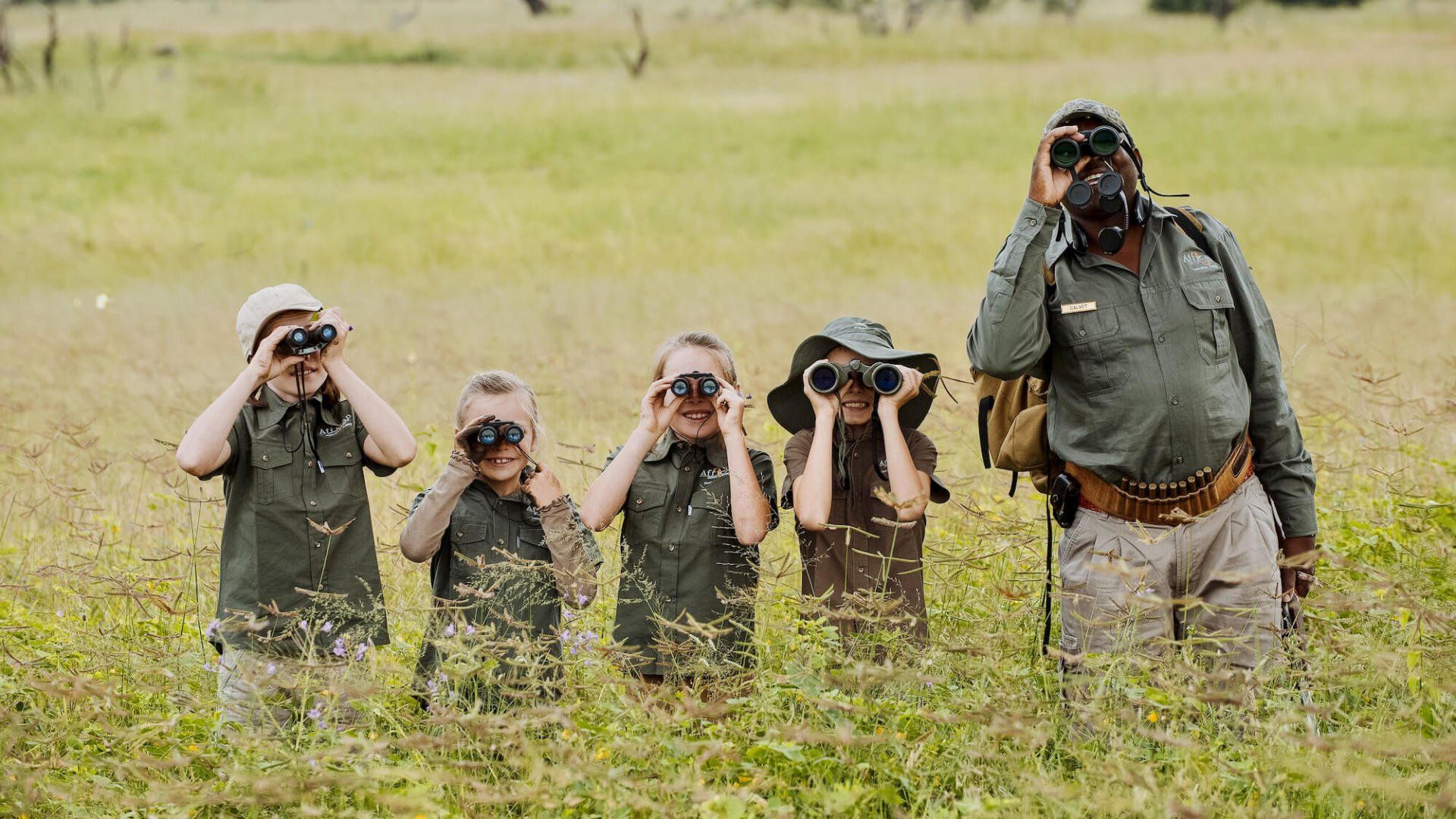
By Predators Safari Club
•
02 Mar, 2020
For those parents with a sense of adventure, Tanzania is a destination with beautiful attractions, including wildlife, sandy beaches, family-focused guides, superb lodges with swimming pools and good weather. Best Regions for Kids Northern Tanzania: is safari country and Maasai country. It's not cheap, but kids will love seeing the animals, as well as the many colourful cultures. A good selection of child-friendly hotels and restaurants completes the picture. Zanzibar Island: the gentle beaches alone are enough to make the island the perfect family destination. Many hotels also have swimming pools (ideal for passing the time while the tide is out) and spacious grounds, and there's a wide choice of child-friendly cuisine. North-Eastern Tanzania: Saadani National Park makes the northeast a child-friendly choice.
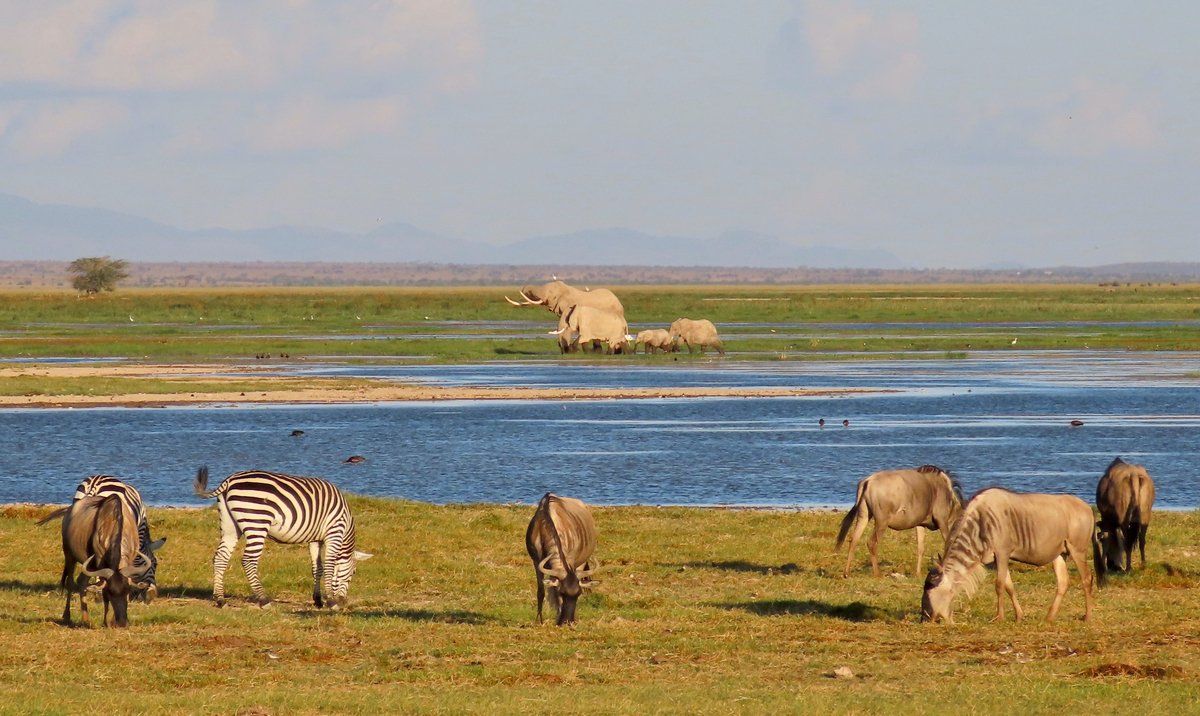
By Predators Safari Club
•
06 Feb, 2020
The park has a dense population of the big five species. The park's most famous residents are its herds of free-ranging elephants, but it is also home to many other rare species which makes it the most interesting thing; the diversity of flora and fauna, within the park and around it.
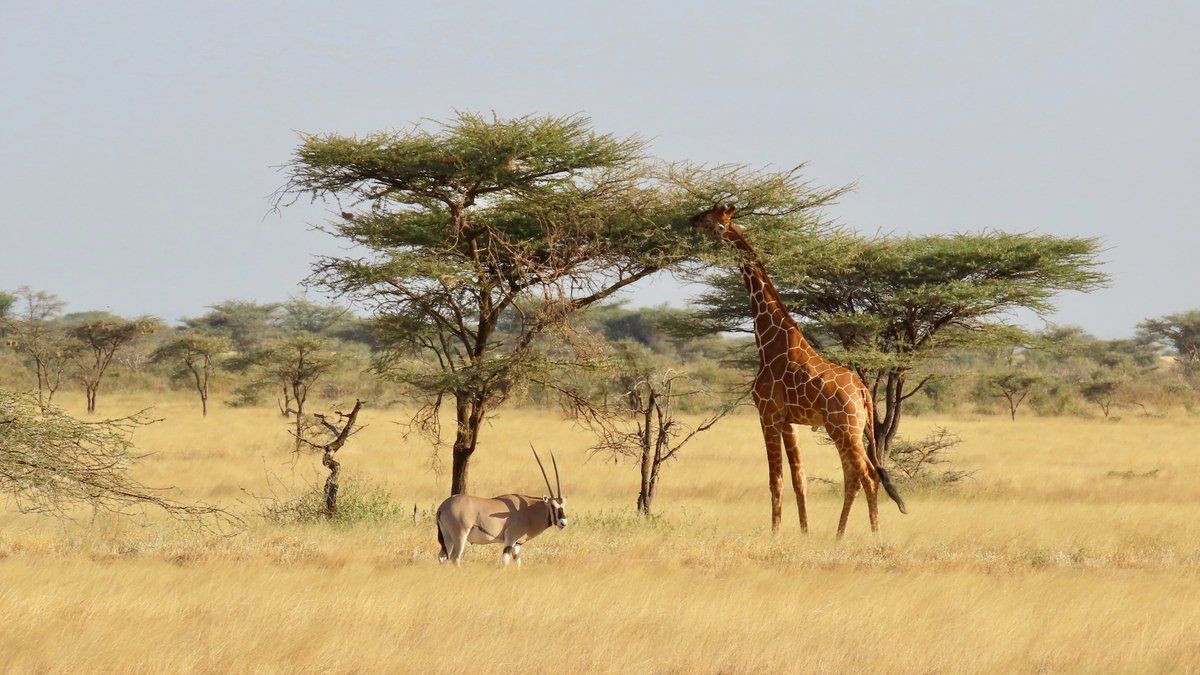
By Predators Safari Club
•
06 Feb, 2020
Several dry-country adapted mammals that don't occur in most Kenyan parks can be found here. The Reticulated giraffe has a more striking pattern than the common Masai giraffe. Beisa Oryx is particularly well adapted to arid conditions. The Gerenuk, with its elongated neck, is able to stand on its hind legs to reach sparse leaves. Both the common Burchell’s zebra and the bigger Grevy’s zebra are found alongside each other.
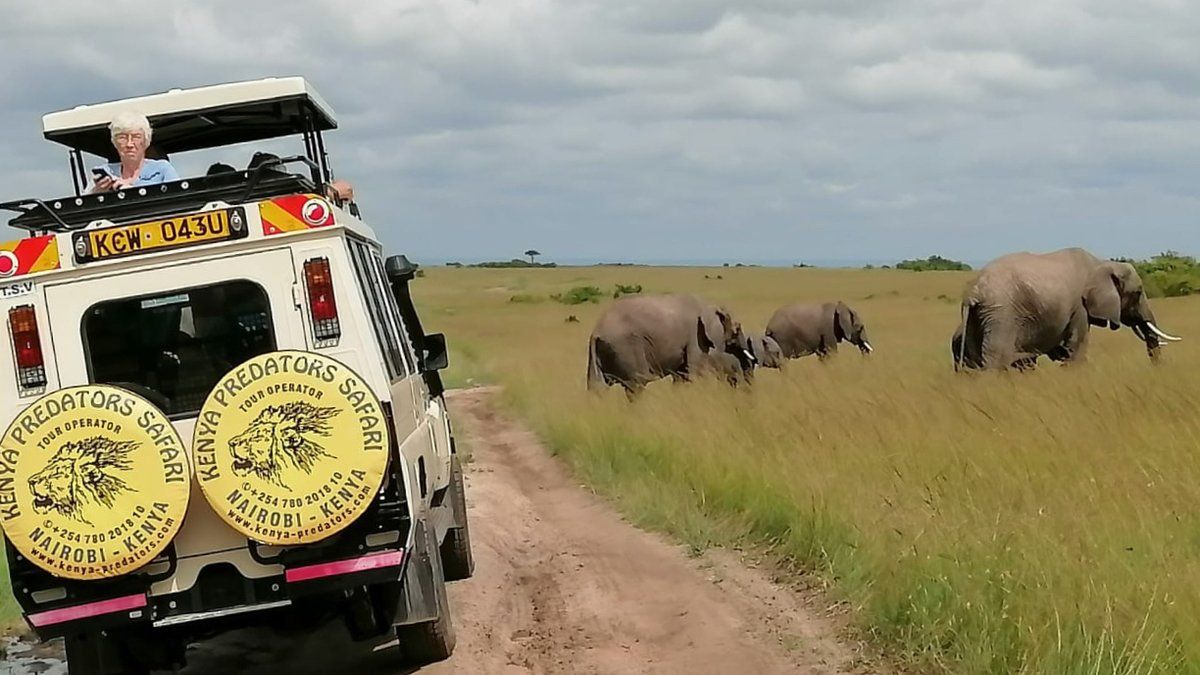
By Predators Safari Club
•
30 Jan, 2020
Predators Safaris managed MANY KENYA SAFARIS in the past, but in 2019 we opened a fully operational office in Kenya (Nairobi) with permanently employed office staff, guides and our own fleet of vehicles for Kenya. You can now enjoy the Predators personal service touches on the same level as in Tanzania
BOOK YOUR KENYA OR TANZANIA SAFARI TODAY!
CALL US TODAY
CONTACT US:
General enquiries:
Tour Operator should contact:
TANZANIA OFFICE:
Predators Safari Club
Namanga Road
Sakina Area
Arusha, Tanzania
Copyright © 2021 Digital Zoo Website Design Company
- All Rights Reserved

